The importance of communities in protecting heritage in conflict zones
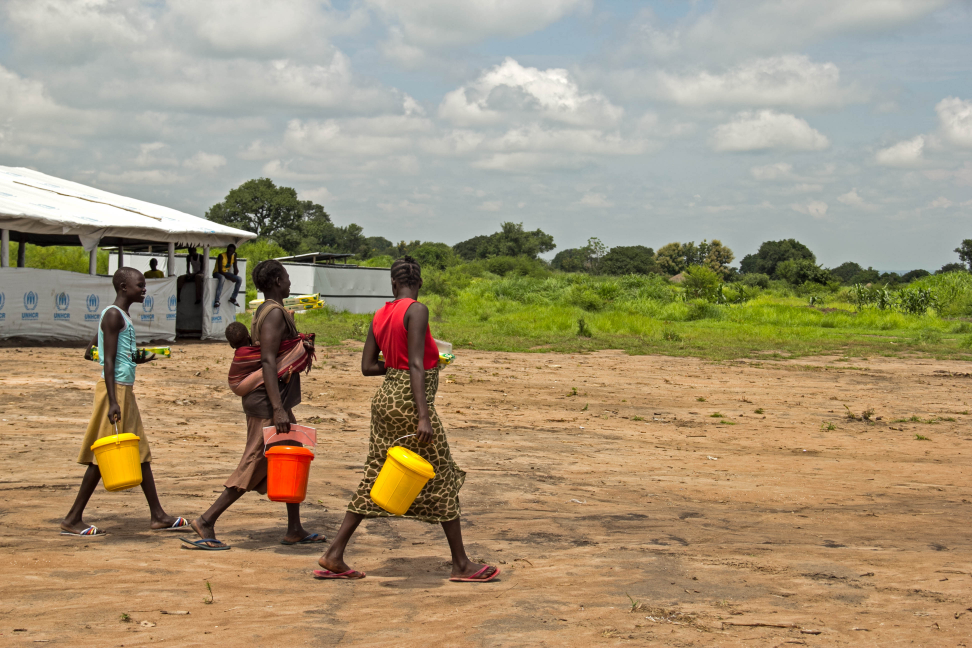
What role can the community play in protecting cultural heritage? This was a recurring theme, if an unspoken question, at the American Association for the Advancement of Science (AAAS) round-table meeting on ‘Protecting Cultural Heritage in Armed Conflict Zones: Is a New Framework for Action Needed?’, held at the beginning of December 2016 at the British Academy.
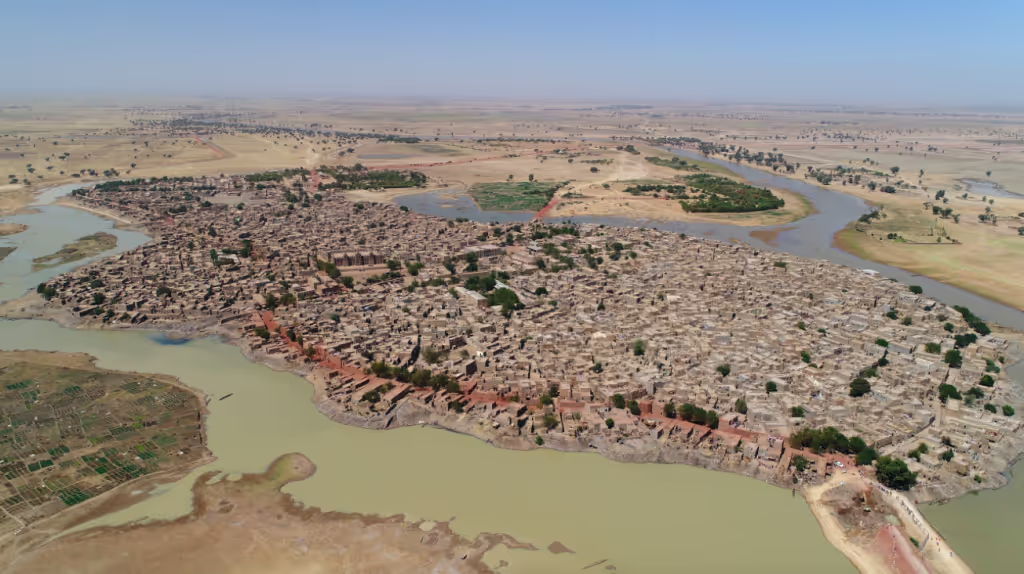
The impetus for the two-day meeting was the destruction of monuments in Palmyra, Syria; Nimrud, Iraq; and Timbuktu, Mali. As Lloyd Axworthy, former Minster of Foreign Affairs, Canada, commented, ‘We never manage to protect monuments – we’re hopeless at that.’
Speakers included the Provost from the Smithsonian Institution, the director of the Hermitage, advisors from the Louvre, UNESCO, the Secretary General of the International Council on Monuments and Sites (ICOMOS), professors from Oxford, LSE, CUNY, Illinois, King’s College London and many other significant institutions and state agencies. Together they discussed the possibilities and difficulties of creating a “Responsibility to Protect” protocol that could be applied to cultural heritage. Much of the discussion was focussed on the role of large institutions and their state sponsors. But many speakers stressed the central role that must be played by local communities.
Professor Mary Kaldor from LSE gave a compelling reason to engage communities in stewardship and preservation when she pointed out that ‘very often it is local people destroying cultural heritage, either because of their beliefs or for economic reasons.’
Dr. Ismail Serageldin, founding director of the Library of Alexandria, spoke of the value of culture to governments and provided various formulae for calculating its financial returns to a society. He thought it important that the community understands how they can benefit from this value. And he too stressed that ‘we must involve the local community. If we don’t work with them, it is likely there will be objections.’ Local stakeholders, he concluded, are needed to preserve heritage.
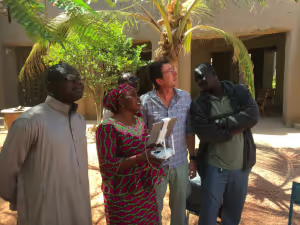
What was unsaid, but is worth pointing out, is the historic experience of many communities living in or around antiquity sites. In the 19th and 20th century in Luxor in Egypt, Palmyra and Basra in Syria and many other places, communities lived in or on top of monuments. With the development of archaeology, site management and tourism, most of those communities were removed, often forcibly, in order to preserve sites or to make them more attractive to visitors.
Such measures have often led to friction in the relationship with central governments, who were then seen as detracting from the interests of the local community rather than protecting or supporting their interests. In some cases, policing of heritage sites has led to the criminalisation of people in the surrounding community, who have been struggling to sustain their livelihoods and support their families. For these and other reasons, many communities have continued to be barred from cultural heritage sites so as not to deter visitors. It is a big task to re-engage these same communities with heritage sites. But it can be done.
Samir Abdulac, chair of the ICOMOS Working Group for the Safeguarding of Cultural Heritage in Syria and Iraq, stated the most pressing circumstances for communities to be involved in cultural preservation when he talked about ‘many areas where foreign experts cannot go, where we have to rely on local experts.’ Lassana CIssé, Directeur National du Patrimoine Culturel du Mali, went further with this idea: looking at the significance of long-term heritage projects, he insisted that ‘it is important to place the local community at the heart of the action if it is to be sustainable.’
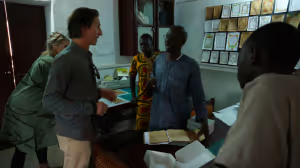
Professor Charles C. Stewart from the University of Illinois at Urbana-Champaign, also stressed ‘the need to involve communities in protecting cultural heritage, everywhere in the world.’ Professor Stewart, an expert in West African manuscripts, gave a specific example of community involvement in heritage preservation when he discussed the way local collectors had preserved manuscripts in Mali, notably in Timbuktu and Djenné.
The two-day meeting ended with an agreement from many present to work towards creating an R2P protocol for cultural heritage. Given the influence of those present, that might be possible, but it will be a long-term project. In the short-term, one thing that can be applied immediately is to explore ways of involving local communities in cultural heritage stewardship.
Stay updated
Sign up for our newsletter to receive regular updates on resources, news, and insights like this. Don’t miss out on important information that can help you stay informed and engaged.
Related articles
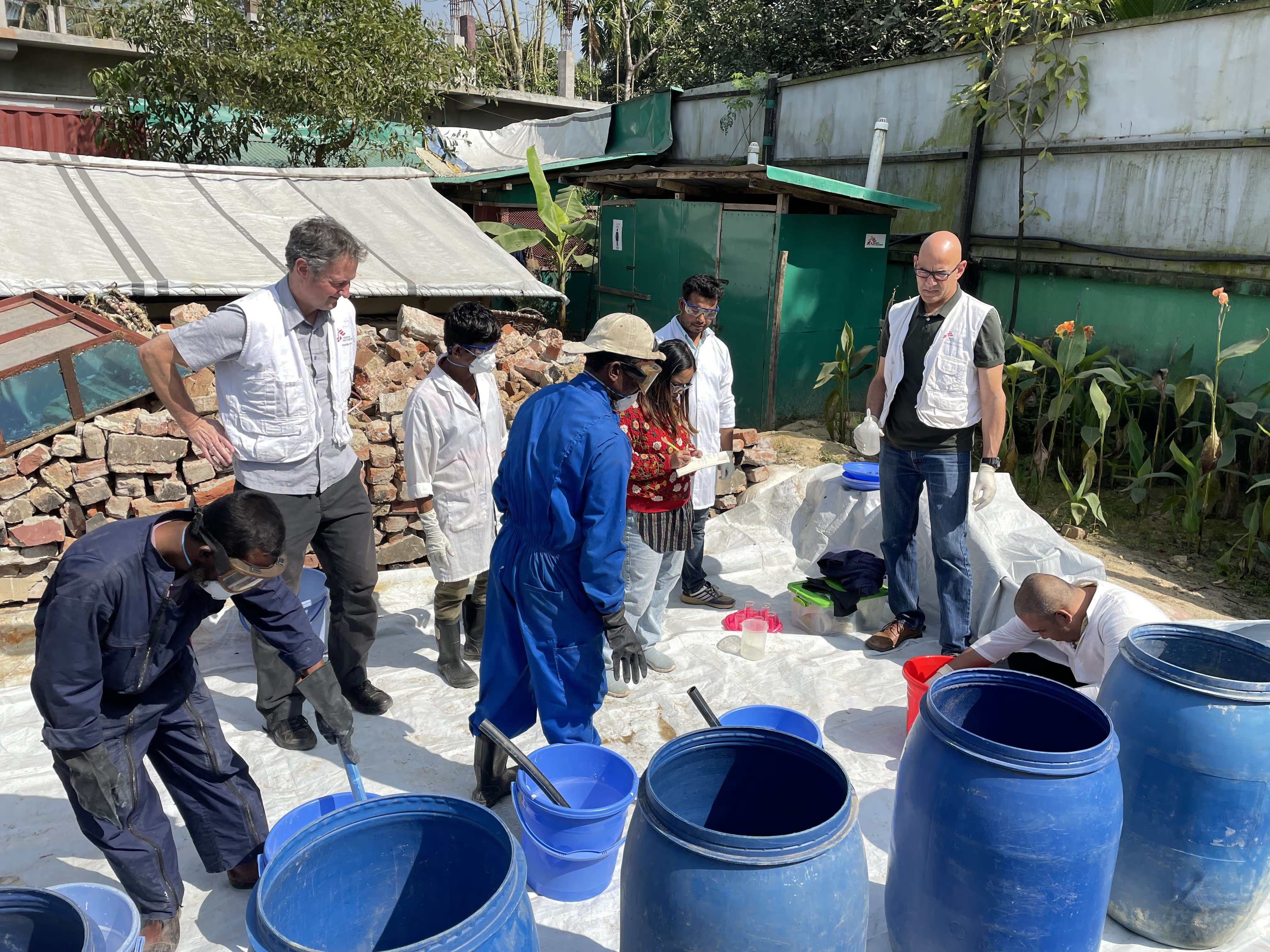

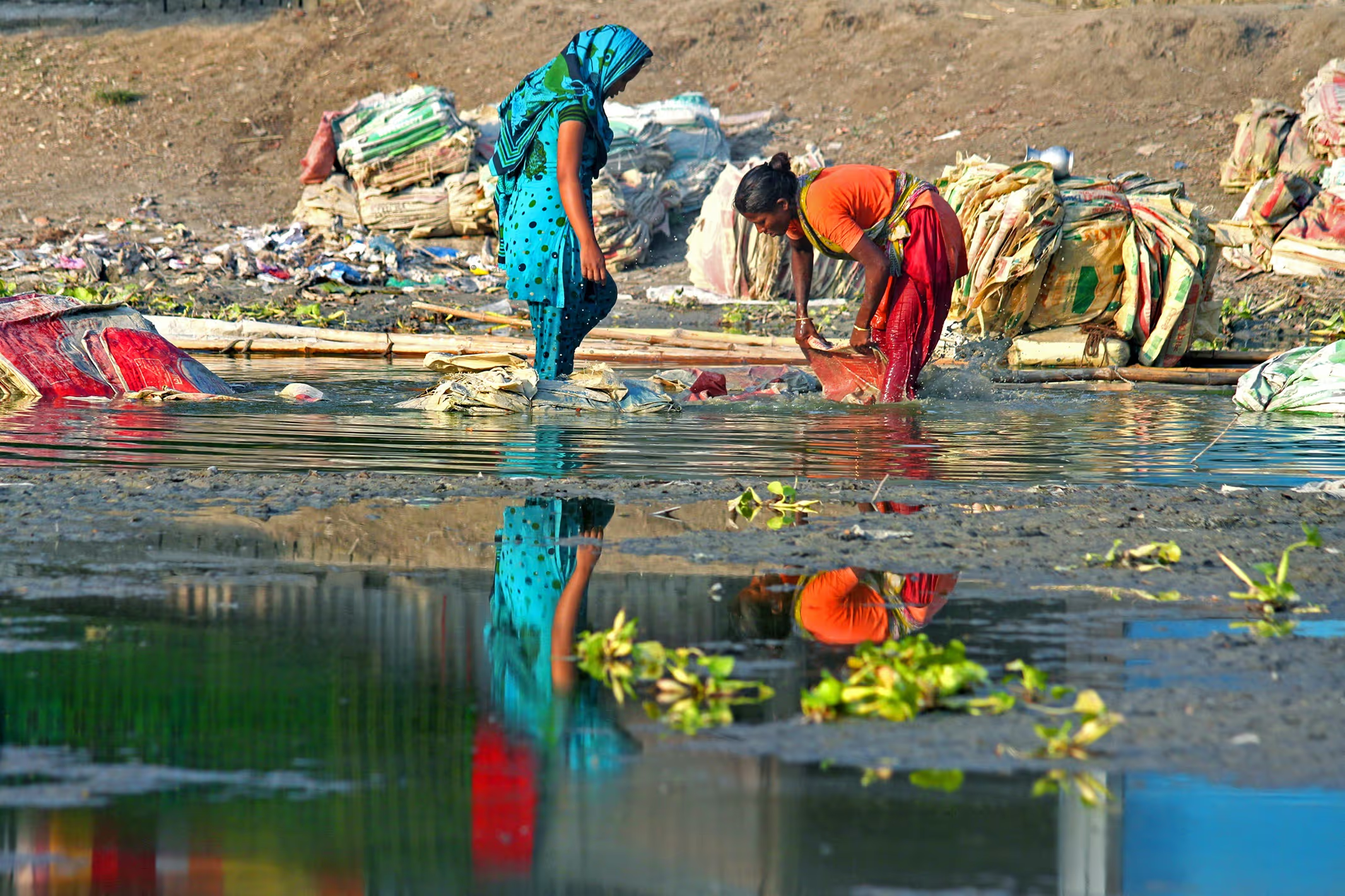
Explore Elrha
Learn more about our mission, the organisations we support, and the resources we provide to drive research and innovation in humanitarian response.